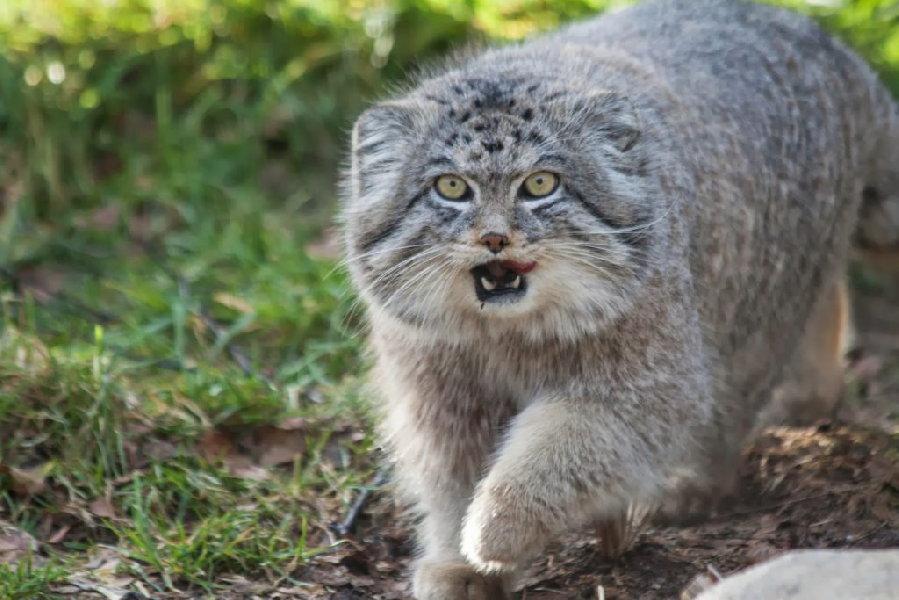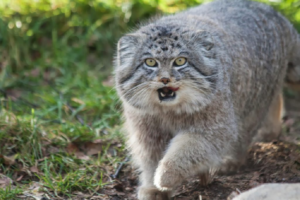

It turned out that the found kittens are manul cubs. This is a very rare and rather little studied species of cats. They are not tamed, and if at a young age manuls get along quite easily with a person, then as soon as they grow up, instincts take their toll, and keeping such animals in the house becomes unbearable.
Not knowing how to help the kittens (after all, to sit and feed the babies from a pipette, as well as provide them with normal care – this takes a lot of time), the farmer turned to Daursky Reserve. There, experts suggested that the farmer find an ordinary domestic cat that recently had kittens, or maybe even that is now raising her offspring – and try to “persuade” the mother to accept new cubs. However, when the workers of the reserve saw what kind of kittens the man found, they gasped.
The cost of these rare animals on the black market reaches several hundred thousand rubles: there are always enough people who want to get exotic at home, and it is almost impossible to catch a cat in nature , what can we say about finding kittens.
Theoretically, it would be possible to sell babies for decent money. However, this would hardly have gone to the benefit of small manuls. This type of animal feels good only in the wild. Therefore, the farmer decided to donate the expensive find to the reserve so that they would help the kittens grow up and then release them into the wild.
Feeding cats were found in the reserve for little manuls, and, fortunately, they adopted unusual cubs. The older the manuls got, the more active they became. When they were old enough to live on their own, the workers of the reserve released them into the wild, putting radio collars on the animals. With the advent of winter, young kittens faced difficulties for which they were not ready. At some point, they even dropped their collars, and when people found the animals again, the kittens were pretty emaciated.
Manuls were taken indoors again, allowing them to spend their first winter, gradually adapting to wild conditions, and with approaching spring, when wild cats had already grown strong and learned to hunt better, let them go again. After that, the Pallas’ cat adapted to the wild life much better and now they feel great living in their natural environment.
Leave a Reply